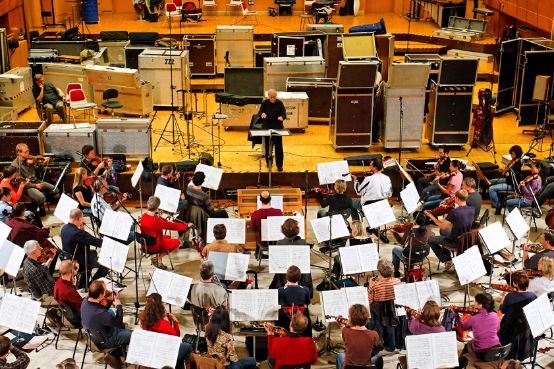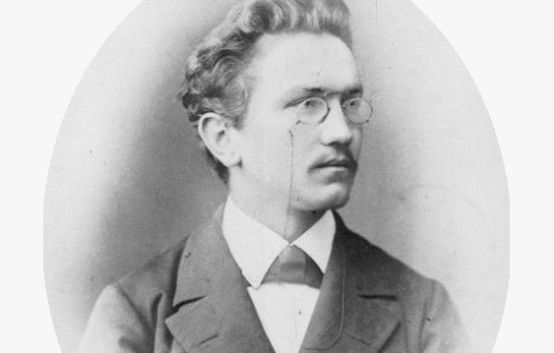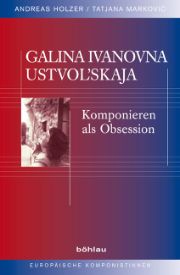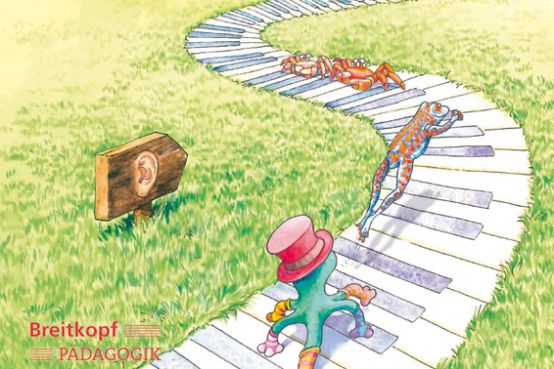"We want to leave the windows wide open and avoid any provincialism."
Paul Sacher, in: Basel Music Academy, Annual Report 1964/65
The word "culture" is very rich in meaning, if not inexhaustible. It is used in an almost inflationary way in relation to the highest human values and activities as well as the most trivial things. It is no coincidence that sociologists, linguists, philosophers and cultural scientists spend days at symposia examining the boundlessness of this once spiritualized term. But the results hardly leave a trace in our everyday lives. Cultural symposia, Claudio Magris once wrote, are the negation of life, which is an open seaport.
If you embark on a mental journey, you discover how many things the word "culture" refers to: Orchestral culture, museum culture, café culture, but also football culture, regulars' table culture, entertainment culture and many more. Some of these cultures serve as an excellent form of entertainment, which in turn provides a livelihood for entire industries. Public broadcasting in Germany, in the following case Südwestrundfunk (SWR), is obviously not exempt from such trends. However, when "its" two orchestras are merged, the broadcaster undermines the very thing that should actually set it apart from commercial commercial broadcasting: so-called high culture.
The SWR Symphony Orchestra and Switzerland
The SWR SO has given well over 40 concerts in Switzerland since it was founded in 1946, in Zurich, Basel, Geneva, Lausanne, Montreux, Bern, Lugano, Locarno, St. Gallen and Lucerne. Only last year it was heard again at the Lucerne Festival, performing works by Ligeti, Czernowin, Wyschnegradsky and Georg Friedrich Haas. There has been an extremely lively mutual exchange between the orchestra and Switzerland since the 1950s. By making frequent guest appearances in Switzerland on the one hand and performing Swiss works abroad on the other, our contemporary cultural life has become more international.
Among the Swiss composers whose works were heard for the first time in post-war Germany thanks to the SWR SO (formerly SWF) was, alongside Conrad Beck, the then 31-year-old Jacques Wildberger, whose Tre Mutazioni for chamber orchestra were premiered in Donaueschingen in 1953 under the direction of Hans Rosbaud. Pierre Boulez also championed Wildberger's music: in 1958 he performed Intensio - Centrum - Remissio with the SWF Symphony Orchestra. Five years later, Boulez conducted the world premiere of Wildberger's Oboe concerto. The soloist was 24-year-old Heinz Holliger, whose Glowing riddles on poems by Nelly Sachs were premiered at the Donaueschingen Music Festival in 1964. 1970 then saw the world premiere of Holliger's Pneuma for wind instruments, percussion, organ and radios took place. The composer himself sat at the podium of the first oboe; some musicians had dropped out due to the alleged unreasonableness of the playing techniques.
Numerous other Swiss works were heard for the first time in concerts by the SWR SO, mostly in Donaueschingen, but also in Switzerland, for example Changements pour grand orchestre by Rudolf Kelterborn. The extremely expressive score, which stems from a scenic-dramatic approach, is dedicated to Ernest Bour, who performed it with the SWF Symphony Orchestra at the Festival de Musique de Montreux in September 1973.
Last but not least, the SWR SO has also premiered several works by Swiss composers in France, such as Michael Jarrell's Paysages avec figures absentes (Nachlese IV) in October 2010 in Strasbourg (Festival Musica). The title of this work for violin and orchestra goes back to the book of the same name by the poet and essayist Philippe Jaccottet from Moudon (Vaud).
Many other Swiss orchestral works premiered by the SWR SO deserve special mention here, but for reasons of space we must confine ourselves to mentioning them: Jacques Guyonnet Monades III (1961), Jürg Wyttenbach Invocations and breakout for woodwinds and brass (66), Hans-Ulrich Lehmann Rondo for voice and orchestra (68), Thomas Kessler Sound reversal 85:4 for orchestra and electronic instruments (76), Conrad Beck Concerto for wind quintet and orchestra (77), Ulrich Stranz Music for piano and orchestra (78), Gérard Zinsstag Foris (79), Christoph Delz Seal op. 3 (80) and In the jungle (83), Ulrich Gasser Stone pieces II for small orchestra (80), Heinz Holliger Scardanelli cycle for solo flute, mixed choir, small orchestra and tape (85), Hans Wüthrich Like in a very large ship or fish and Flexible outlinesboth works "for autonomously cybernetically self-regulating orchestra without conductor" (85), André Richard Echanges for orchestra and live electronics (88), Michael Jarrell ...d'ombres lointaines... pour voix et grand orchestre (90), Hanspeter Kyburz Malstrom for large orchestra in 4 groups (98), Laurent Mettraux' Ombre (99), Beat Furrer Orpheus' books for choir and orchestra on texts by Pavese, Ovid and Vergil (2001) and Apon for orchestra and speaking voice (09), Klaus Huber The soul must dismount from the mount for violoncello, baritone, countertenor and 2 orchestral groups (02) and Quod est pax? - Vers la raison du coeur... (07), Bettina Skrzypczak Initial (EA Warsaw Autumn 07), Isabel Mundry Me and you for piano and orchestra (08).
In the beginning was the number
At a meeting of the SWR Broadcasting Council (1) On July 2, 2010, SWR Director General Peter Boudgoust announced that SWR would have to save around 15 percent of its costs by 2020 through a "strategic savings course". Boudgoust explained that the "lawnmower principle" would not be applied, i.e. funds would not be cut to the same extent everywhere. Savings will be made where savings are possible without damaging the program. "This will allow us to be more efficient where we absolutely must not make cuts." The significance of his vague statement only became known in February 2012: The general savings course of 15 percent does not apply to the two SWR orchestras in Baden-Württemberg, no - the orchestras are being hit much harder: 25 percent was dictated to them as a savings target. The SWR budgets of both orchestras currently total around 20 million euros annually, so the aim is to have achieved a savings volume of 5 million euros by 2020. (2) Armed with these figures, SWR went public in February 2012. The way to save the 5 million euros was to be achieved by merging the two SWR orchestras.
A panel discussion on the merger idea took place at the Frankfurt Music Fair on March 28, 2012, one of the few public discussions with the director and the now retired SWR radio director Bernhard Hermann. The two were accompanied by representatives of the New Music Newspaperthe German Music Council and the German Orchestra Association. As precise as the questions were, Boudgoust and Hermann were brilliant in that they used a lot of fine words to say very little that was concrete: It is part of a culture of discussion conducted in the name of culture that one does not work with the wrong terms, was one of the general phrases used by the director. He advised his interviewees that "positions should not be defined from the outset", that the discussion was much more about "differentiation" and "nuances". Apart from the fact that with these words he was initially referring to the (in his opinion) incorrect categorization of the two SWR orchestra profiles in the feature section, such statements can be chalked up to dubious conversational tactics and, in retrospect, can also be confidently exposed as a cover for reality:
In the fall of 2010, SWR had already conducted an "interactive process" behind closed doors to explore ways to "further develop" both orchestras against the backdrop of the cost-cutting target. The SWR radio directorate was involved in this process. (3)SWR orchestra managers and external consultants, including Munich-based Metrum Managementberatung GmbH. (4) It is difficult for outsiders to understand exactly what went on behind the scenes. (5) However, it is likely that the artistic director had already toyed with a merger product at a very early stage, which is referred to internally at SWR as "Spitzenorchester plus". The basic idea behind this "structural option" is for both orchestras to merge into one large orchestra in Stuttgart in 2016. According to an SWR paper, this merged orchestra would then position itself nationally and internationally as a top orchestra. But this model is pure illusion. Experts have repeatedly and unanimously pointed out that the different profiles of the two orchestras could not be continued side by side after their merger and that their qualities would be lost as a result (quite apart from the fact that the savings target is highly unlikely to be achieved within the specified period and that the planned 90 concerts a year would hardly be feasible). While the RSO Stuttgart tends to be committed to the established repertoire, the SWR SO Baden-Baden and Freiburg is regarded as the orchestra for contemporary music par excellence. (6)
Foundation under public law
The management boards of both orchestras were given rudimentary information about the merger plans by the radio director in spring 2011 on the condition of absolute silence. In this way, the SWR management had already nipped any protests in the bud. SWR obviously wanted to push ahead with the merger plans as quickly as possible. (There is no need to mention that the orchestra board members were and continue to be extremely averse to the plans). In 2012, SWR again chose the path of least possible resistance in order to be able to move unperturbed towards the merger decision:
The time between the announcement of the proposed merger in February 2012 and the decision to merge by the Broadcasting Council on September 28, 2012 was extremely short. One thought comes to mind: If the SWR management had really wanted to save the two orchestras wantit would certainly have postponed the merger decision until spring 2013 canwhich the artistic director had been expressly asked to do several times. On the "other" side, intensive efforts were made to save the orchestra. Representatives of the SWR SO Orchestra Board and the Friends and Sponsors of the orchestra presented a plan for the future of the SWR SO Baden-Baden and Freiburg to the Radio Committee on June 14, 2012. It was based on a trustee model with the potential involvement of cities in Baden, the EU, Alsace and north-western Switzerland and thus envisaged a strong anchoring in the tri-national Upper Rhine metropolitan region. In the same month, the idea received initial support from politicians.
Apart from this early draft, Friedrich Schoch, Professor at the University of Freiburg and Director of the Institute for Public Law there, developed a concept for a foundation under public law. This is a form of organization that has supported the Berlin Philharmonic Orchestra (since 2002) and the Bamberg Symphony Orchestra (since 2005). A grant-making foundation would not require large initial assets. A circle of supporters, which is currently being actively expanded by the Association of Friends and Sponsors of the SWR SO, could make a significant contribution to the success of the plan. All those who care about the preservation of the SWR SO are invited to make a binding donation of their choice over a defined period of time. (7) Furthermore, there must be long-term financial backing through sponsorship, but also political backing, particularly from the Minister President of the state of Baden-Württemberg, so that SWR will agree to the foundation model. The foundation would then be supported by the state of Baden-Württemberg, the city of Freiburg and other cities and municipalities - and of course SWR. But here, too, there is still rejection, which the Director-General justifies with the fact that the co-sponsorship of broadcasting in such a foundation is "legally highly problematic". de facto but it is legally permissible and feasible. The only thing that needs to be discussed is the concrete implementation of this plan. However, SWR has so far been absent from the planning table.
Merger decision can be revised
At this point in time, it is still entirely possible to revise the merger decision forced by SWR. To do so, it is time for the indignation that thousands and thousands of people, especially in Germany, France, Switzerland and the USA, are carrying within them to unfold its effectiveness once again! In particular, those who are opposed to cultural disruption should not allow themselves to be dissuaded by the dishonest arguments of a few merger supporters from the sensible idea that the merger decision can be reversed.
It is also important not to simply accept the arguments put forward by SWR, but to critically scrutinize them, for example those of the then Director of Radio Bernhard Hermann: "The considerations for securing the future of the orchestras," he wrote in a statement, "are based on the financial and demographic development of recent years. Since the mid-1990s, the gap between income and expenditure has been widening. For the first time in the history of public broadcasting, SWR is in a situation in which the broadcaster has less money at its disposal than in previous years. We expect a financial gap of 166 million euros by 2020." The radio director did not back up these figures with precise details. In addition, it has recently become known that the station will not have lower, but rather higher revenues. (8)
It is striking that the discussion on the part of SWR is conducted almost exclusively under economic auspices. (9) And when the artistic director does try to argue from a musical point of view, he causes new displeasure with populist statements: "I like Dmitri Shostakovich's Symphony No. 5 in D minor. Especially when an orchestra manages to maintain a balance between the effervescent moments and the intimate passages. And I like football. The sports show is a must [...]. In this sense, I want to continue to be inspired by thrilling moments of football and by Shostakovich's masterpieces. For example, at a concert by the German Radio Philharmonic Orchestra Saarbrücken Kaiserslautern. An orchestra that emerged from the Saarbrücken Radio Symphony Orchestra of Saarland Radio and the Kaiserslautern Radio Orchestra of SWR. A merged orchestra that is highly praised in the arts pages. So it does work after all." (10)
Promoted mental flattening
The arguments for the preservation of both orchestras and against their merger are so numerous that they cannot be adequately explained here. So let's let some prominent voices have their say! Sir Simon Rattle: "With this plan, you are about to send your two excellently positioned orchestras down an artistic dead end." Helmut Lachenmann also found clear words when he spoke of a "thoughtlessly promoted intellectual flattening". He looked disparagingly at the decision-makers behind the merger: "I see such destructive actions by managers who are taking control of our culture as a symptom of the lack of enlightenment in matters of art that finally needs to be remedied." Pierre Boulez expressed his bewilderment in a letter to the artistic director: "For more than 60 years, this orchestra [the SWR SO] has guaranteed a truly exceptional musical culture and, in particular, the interpretation of contemporary compositions at the highest conceivable technical and musical level. It therefore seems completely inconceivable to me that German and international musical life would be deprived of such a vital and excellent partner with a unique profile. I consider this orchestra to be simply irreplaceable, and the loss would be irreparable - what has been achieved there over many decades with the greatest commitment can neither be replaced nor transferred, nor can it be made up for at some point in the future." And Norbert Lammert, President of the German Bundestag, warned in an interview with the Badische Zeitung: "I am not at all convinced by this kind of cost-cutting effort, because once again it is a search for ways to make savings in the very area that could justify the fees."
Notes
- The broadcasting councils of Germany's public broadcasters are the highest supervisory bodies responsible for program control at their respective broadcasters. One of the main tasks of a broadcasting council is to monitor compliance with public programming principles. In the past, broadcasting councils in Germany have repeatedly been criticized for their state-oriented composition.
- According to its own figures, SWR spends around 6.5 percent of its total program funding on the following institutions: SWR SO, RSO Stuttgart, SWR Vokalensemble, the SWR Experimental Studio for Electronic Music in Freiburg and the SWR Bigband. In addition, the Deutsche Radiophilharmonie Saarbrücken Kaiserslautern is jointly funded by SWR and SR (Saarländischer Rundfunk).
- The Radio Directorate - Radio Director Bernhard Hermann, who was largely responsible for the orchestra merger, retired in summer 2012 - is responsible for the radio programs that SWR broadcasts for the federal states of Baden-Württemberg and Rhineland-Palatinate: evening programs on SWR1, information radio SWRinfo, cultural program SWR2 and the so-called SWR3 PopUnit, including the station DASDING. Quote from Boudgoust on July 2, 2012: "We are still doing too little with DASDING in particular; we will have to become stronger here in order not to lose the audience of tomorrow." SWR3 and DASDING are completely exempt from the "general" austerity measures! The two SWR orchestras are also assigned to the Radio Directorate.
- This information is based on a presentation that was shown at a meeting of the Radio Committee (committee of the Broadcasting Council) on March 15, 2012. The agenda item of the meeting was the "strategic further development" of SWR SO Baden-Baden and Freiburg and RSO Stuttgart.
- SWR is helping to conceal the facts on its own behalf by publishing the timeline with important dates for the orchestra's future on www.swr.de/zukunft will not begin until February 3, 2012 (Information Board). It is high time that SWR created transparency with regard to the merger work processes that began in 2010. This would not least counteract incomplete and distorted reporting.
- Numerous "key works" of the 20th century were premiered by the SWR SO (formerly SWF), including Pierre Boulez' (soon to be withdrawn score) Polyphony X and Pli selon Pli (Portrait de Mallarmé), Messiaen's Reveil des Oiseaux and Chronochromice, Metastasis ice by Xenakis, Pendereckis Anaclasis, Ligetis Atmosphères and LontanoLuciano Berios Sinfonia and Heinz Holligers Scardanelli cycleto name just a few.
- Further information can be found on the Internet at http://www.freunde-swr-so.de and under http://www.stiftung-so.de/ihr-beitrag.html.
- At a meeting of the ARD directors on November 27, 2013 in Leipzig, it was announced that the new broadcasting fee (introduced on January 1, 2013 and replacing the previous device-dependent broadcasting fee) will lead to a significant increase in revenue for ARD, ZDF and Deutschlandradio.
- For reasons of space, here is just one example of Boudgoult's reaction to the letter from 160 conductors published in the FAZ on November 12, 2013: "Ladies and gentlemen, it is quite understandable that you are speaking out against the merger of two orchestras. Because: Yes, there will be one less orchestra in Germany from 2016." This sentence is an example of how the artistic director only responds to artistic demands in economic terms. He argues quantitatively ("one orchestra less"), always referring to the financial framework conditions that have not yet been fully disclosed.
- The time, No. 14/2012
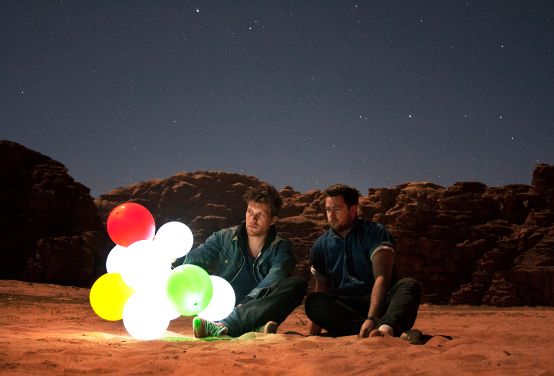







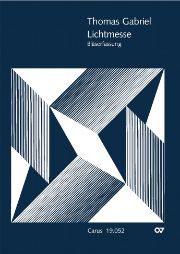

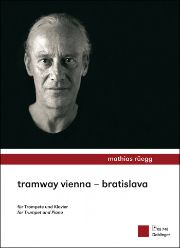

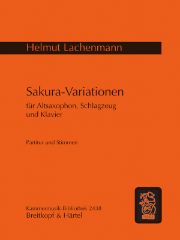
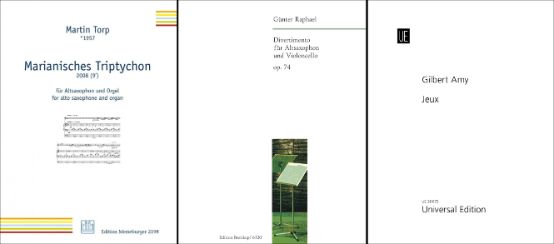
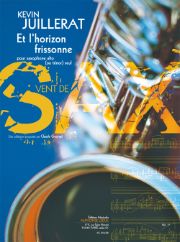
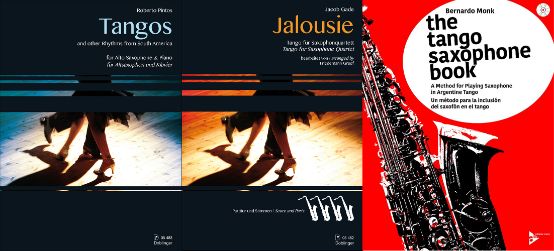
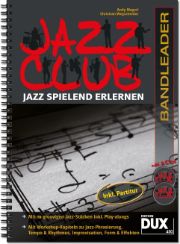

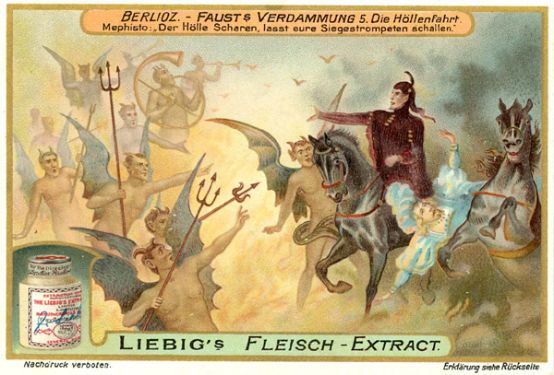
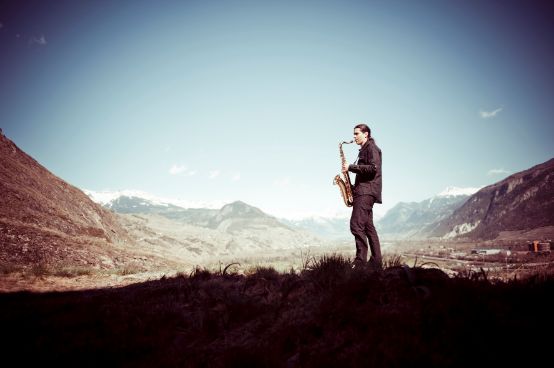

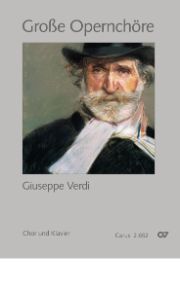
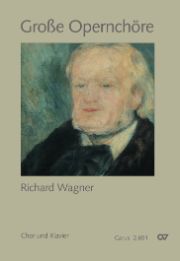

 Annakin: Stand Your Ground. Akin Records, Distribution: Phonag.
Annakin: Stand Your Ground. Akin Records, Distribution: Phonag. 

